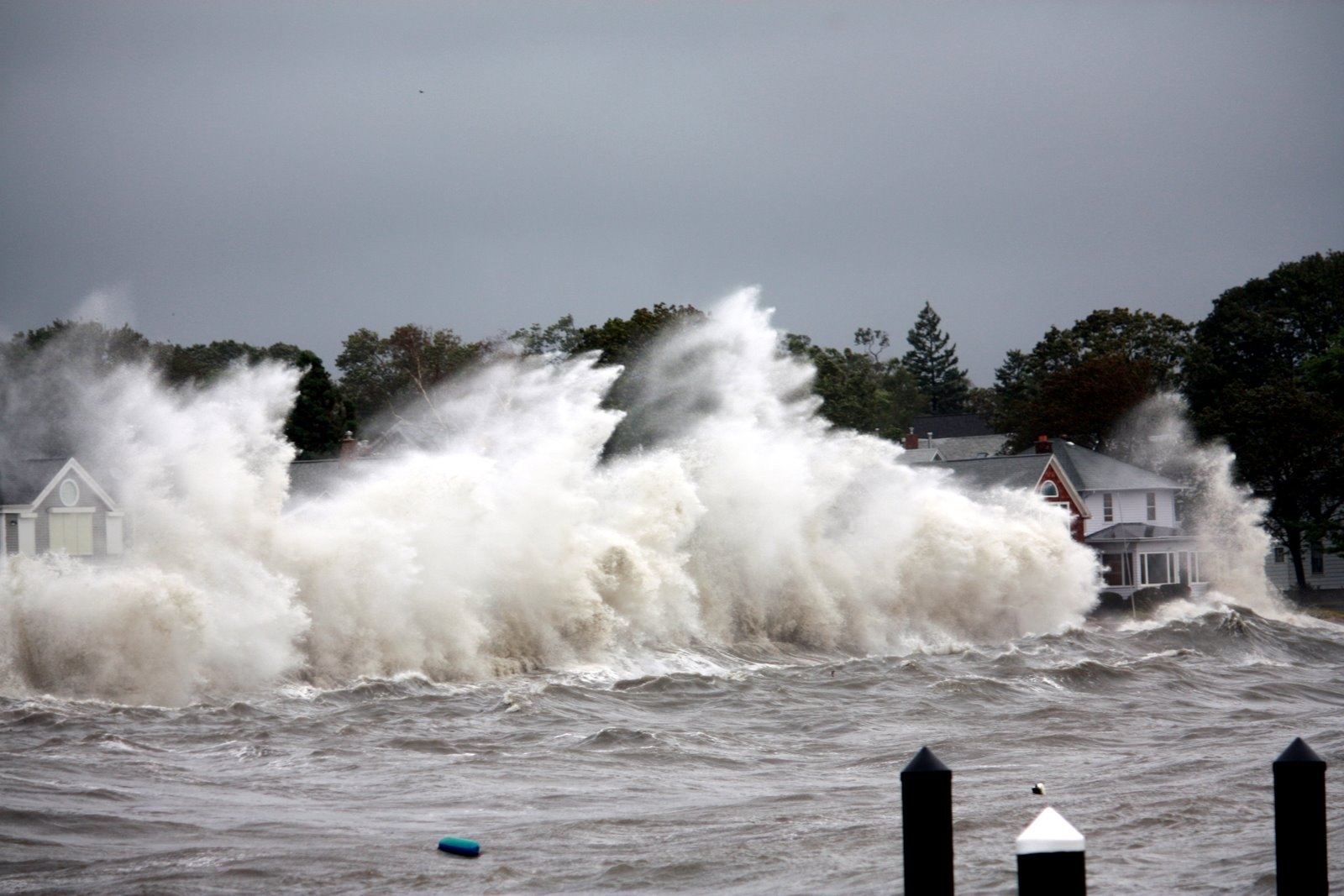Last summer, Tropical Storm Irene ravaged Connecticut’s shoreline, destroying homes, businesses, and precious habitats. Parts of the state recovered quickly from the storm, but for those along the shoreline, it has taken months to rebuild; for some, the process is still ongoing.

Sea level rise and intensifying storms are increasing concerns as climate change impacts continue to build. According to a recent New York Times article,
“Projections vary for the rate of sea-level rise in Long Island Sound, but a new report from Climate Central, a nonprofit research organization, predicts a rise of 12 inches by 2050. Maine and Rhode Island already include sea-level rise as a factor in their coastal management statutes.”
While we may need to provide certain safeguards for homes, infrastructure, and public access, we must also protect tidal wetlands, dune systems, and other natural resources that can be damaged by poorly planned development and seawalls. Additionally, expanding these natural resources as part of a “living shoreline” are an essential part of the solution, as they serve to buffer communities from waves and storms.
The aftermath of Irene spurred debate this legislative session about protecting coastal assets and property rights. As a result, a first step has been proposed in a version of S.B. 376, An Act Concerning the Coastal Management Act and Shoreline Flood and Erosion Control Structures, which the State Senate passed today.
The new compromise strike all amendment LCO 4920 and its supplemental amendment LCO 4592 would:
- Add sea level rise to the list of factors that should be considered when making development decisions;
- Allow for protection of important infrastructure and older homes;
- Acknowledge the importance and effectiveness of natural coastal features in absorbing storm impacts, and encourages their use;
- Protect the permit process for habitat restoration projects; and
- Protect the rights of those seeking to appeal an approved project.
The second step is a more extensive discussion and series of recommendations to be developed by the newly minted Shoreline Preservation Taskforce.
Recognizing the need to craft appropriate climate change responses is not new to Connecticut; a report outlining strategies was developed a couple of years back. But unlike our New England neighbors Rhode Island and Maine, we do not currently reference or require sea level rise planning in our Coastal Zone Management laws. It is time to change that. The amended version of SB 376 and the new Taskforce are critical steps in protecting our precious shoreline communities.
For more information about climate change and coastal resilience, check out the spotlight in our State of the Sound report.
Posted by Leah Schmalz, director of legislative and legal affairs for Save the Sound
